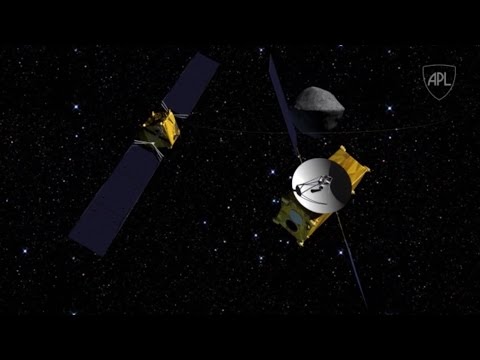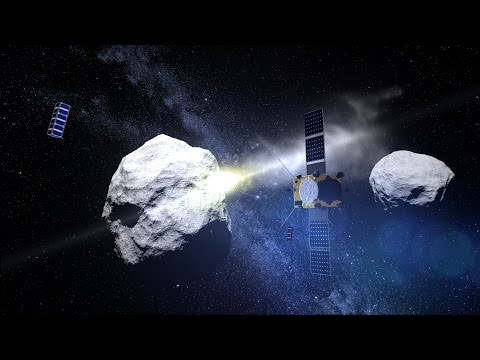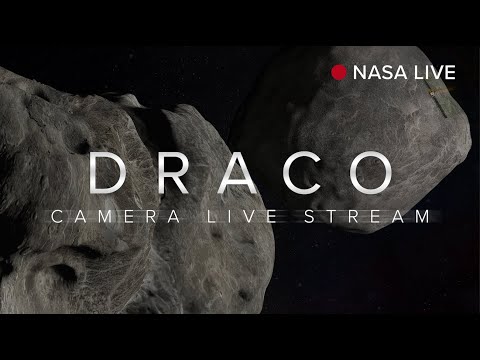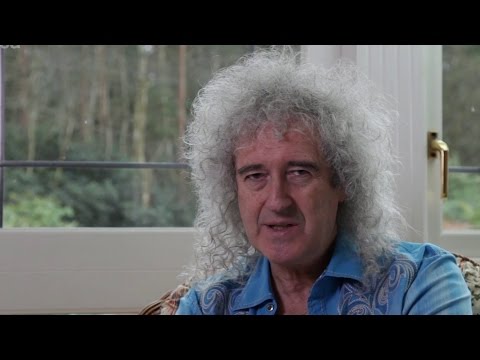Asteroid Day – ESA experts explain the nature and threat of asteroids
If an asteroid were spotted headed towards Earth, what could humanity do about it? On 30 June, world renowned scientists, Nobel laureates, astronauts, technologists and artists join forces for Asteroid Day (http://www.asteroidday.org/), a global awareness movement to spread knowledge about asteroids and ways to protect Earth from such threats. The Day is held on the anniversary of the 1908 Siberian Tunguska event, the largest asteroid to impact our planet in recent history.
To mark Asteroid Day, ESA experts on Near-Earth Objects (NEO) and asteroids have answered the public’s most insightful questions. Respondents include Ian Carnelli, AIM Project Manager, Detlef Koshny, SSA-NEO Segment Manager and Michael Kueppers, AIM Project Scientist.
If approved next year by Europe’s space ministers, 2020 will see the launch of ESA’s deep space Asteroid Impact Mission or AIM, as part of AIDA (Asteroid Impact & Deflection Assessment), a larger international effort to investigate planetary defence techniques. AIM will travel to a binary asteroid system – the paired Didymos asteroids, which will come a comparatively close 11 million km to Earth in 2022. After encounter and study, the mission will then witness the asteroid being struck by another spacecraft, returning data to help guide planetary defence strategies.
Visit AIM (http://www.esa.int/aim) for more information.
Copyright: ESA





The asteroid that destroyed USA 12.9 kyr ago.
What created the many elliptical Carolina Bay landform depressions?
What caused the Younger Dryas cooling period 12,900 years ago?
Could these two seemingly disparate topics be linked in any way? Ralph Ellis takes a look at current research on both of these subjects, and discovers that they are likely to be linked to a large meteoric impact in the Great Lakes region some 12,900 years ago. It was the ejecta from this impact that created the Carolina Bays, and it was the same ejecta that blanketed the Earth and caused the Younger Dryas cooling period.
https://www.academia.edu/17274053/The_Carolina_Bays_and_the_destruction_of_North_America
Thank you the folks of Esa for sharing your calming views with us mortals. I feel much better now. If I`m on a Scottish mountain side and a rogue Asteroid is in the vicinity. I will duly head-butt it back into orbit for you. So you can view it much, much more for millennia. Ooops I forgot to say I always carry a tinfoil helmet just in case you know. M`on the Asteroids.